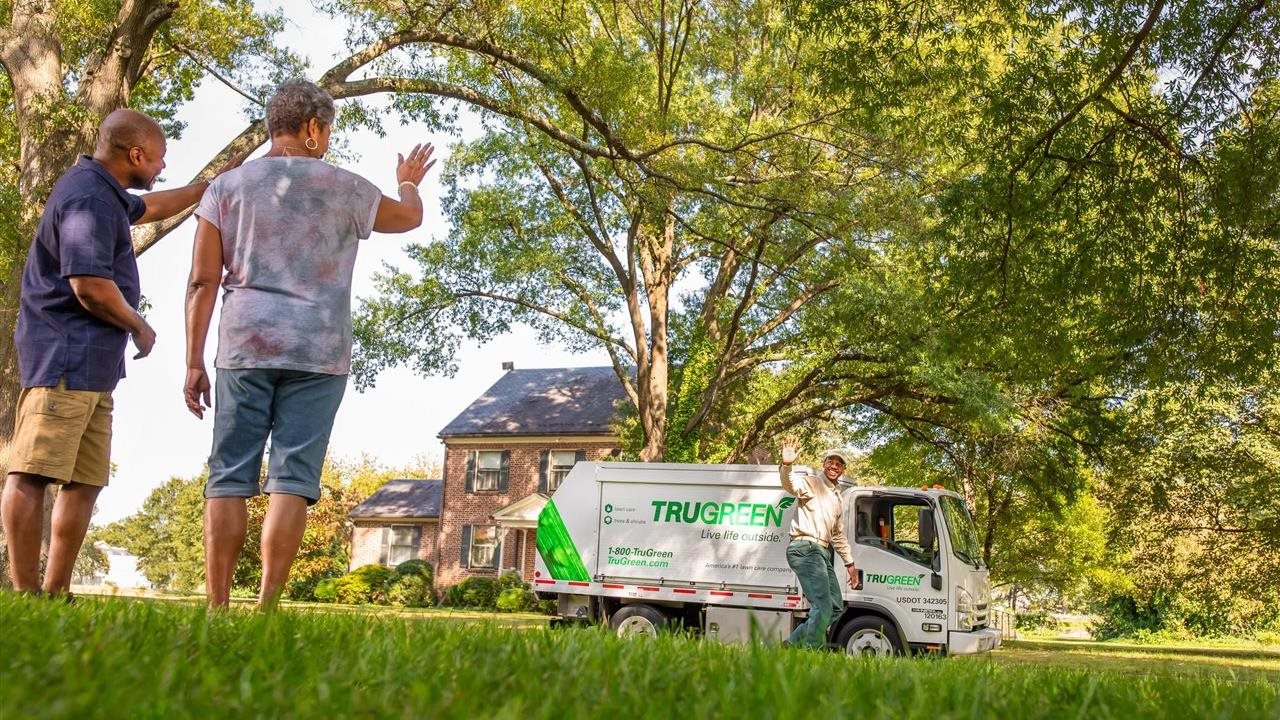2023-03-02T07:01:00
(BPT) – Whether you dream of a small, intimate wedding or a grand, larger-than-life affair, planning your big day starts with finding the right venue. Barn weddings continue to gain popularity as the ideal location to say “I do,” offering a romantic setting that can be customized for each couple.
After many years of wedding planning at the nearly 170-year-old, fully restored Barn on the Pemi in Plymouth, New Hampshire, the team of “Wedding Whisperers” knows the industry inside and out. Today they share their insights into why barn weddings are in demand with engaged couples and what trends will emerge in 2023.

Custom colors and themes
Barns are known for rustic wedding backgrounds that are inherently romantic. The space itself is neutral, allowing couples to insert their own personality into their wedding, which makes an event feel one-of-a-kind. Couples can incorporate any color or theme without background distractions from the venue, making the setting personalized and memorable.

Farm-to-table menus
Barns frequently have farm-to-table options for couples to choose from when selecting catering. The venue is all about embracing the natural aesthetic and what better way to do that than providing locally sourced food? It’s a destination experience for guests who feel like the event is a getaway, no matter how near or far they live. Plus, the happy couple feels good that eating local is delicious and sustainable, not to mention local food can also be more affordable.

In-season florals and decor
Another trend is to make the event a reflection of the locality where it’s held by choosing in-season flowers and decor. You can even mimic the florals and greenery on the barn property to evoke a seamless aesthetic. This localized strategy produces stunning results and can also help you control expenses. These sustainably sourced decorations can be used in the ceremony and then easily moved to be enjoyed at the reception to save money.

Mocktail bars and sober curiosities
Toasting to the happy couple is a tradition at weddings, and while alcohol is still an important element at most events, mocktail options are growing in popularity as more people are exploring a sober curious lifestyle. As couples request alcohol-free drinks as an option, the Barn has created innovative menus of flavorful drinks for every guest, including freshly made cider, hot and cold.

Indoor and outdoor spaces
A barn wedding stands out from other options because it typically offers indoor and outdoor spaces for events. With 10,000 square feet of climate-controlled event space and seating for up to 300 guests, the Barn on the Pemi also offers an outdoor terrace with stunning views of the White Mountains and a seasonal greenhouse as additional space for a ceremony. Learn more at TheBarnOnThePemi.com.

Year-round events
Climate-controlled spaces in barn wedding venues give couples the option to tie the knot any time of the year. The changing seasons are a gorgeous backdrop for photos and couples can choose a date that fits their preference. Whether it’s a favorite season, a special date or a time that works best for extended family, a year-round venue allows flexibility in planning.

Destination weddings
No need to stick to only local options, because barn weddings are ideal for destination weddings that host guests from all over. The Barn on the Pemi has trolleys available to take guests from their on-site accommodations to the wedding. Part of The Common Man Inn & Spa in Plymouth, guests can choose from 43 cabin-inspired rooms at the main Inn and tiny cabins on the Barn on the Pemi property. Plus, the recently purchased Lodge located just minutes down the road provides 37 additional rooms for guests.

Barns are authentic settings that feel romantic and memorable, providing the perfect atmosphere for flowers, candlelight and, in colder months, fireplaces. Wedding photographers delight at the near endless options for image backdrops. This is one reason why The Barn on The Pemi is one of New England’s most sought-after wedding venues, featuring 10,000 square feet of rustic charm indoors with plentiful outdoor space graced with Mother Nature’s beauty.

Excellent value for different budgets
Compared to large hotels that host conferences and other events in conjunction with weddings, barns provide an intimate space. This is one of the biggest days of your life and you don’t want to share it with another event going on next door, not to mention the noise, added crowds and potential wedding crashers. Also, staying clear of big “name brand” venues can be a money-saving tactic in the long run.

Weekday weddings are big
As there are no corporate events during the week, a weekday wedding in a barn is an opportunity to manage a budget without sacrificing the romance of the setting. In fact, many barns, like Barn on the Pemi, are open nearly every day of the week. One growing trend is Thursday evening weddings, with many wedding industry insiders declaring Thursday the new Saturday for events.


























